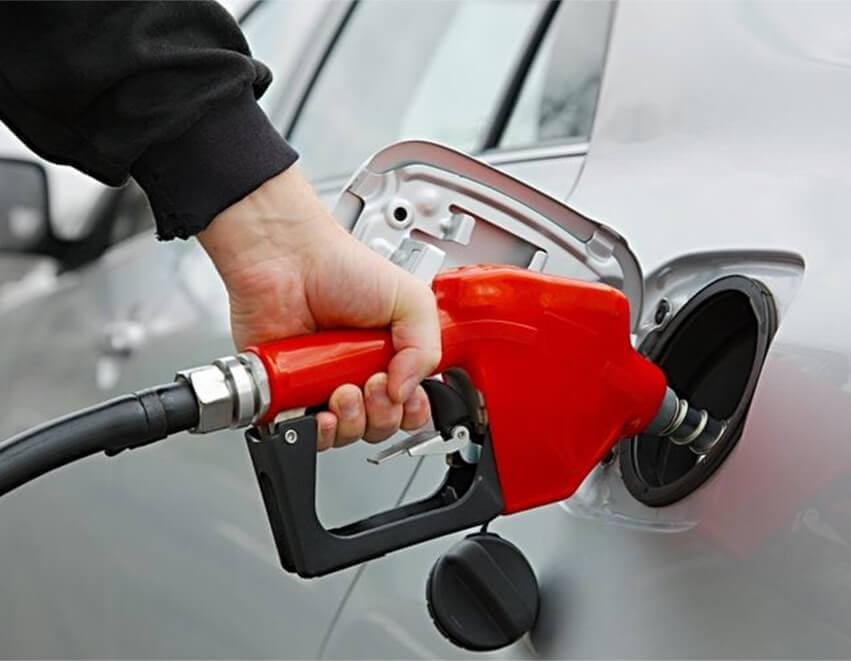In an era where technology is rewriting the rules of everyday life, even the routine act of fueling a vehicle has been transformed into a symphony of automation and precision. Welcome to the realm of automated petrol pumps, where a seamless interaction between humans and machines orchestrates a process that was once mundane. Beneath the […]
In an era where technology is rewriting the rules of everyday life, even the routine act of fueling a vehicle has been transformed into a symphony of automation and precision. Welcome to the realm of automated petrol pumps, where a seamless interaction between humans and machines orchestrates a process that was once mundane. Beneath the surface of these modern fuel dispensers lies a world of sensors, algorithms, and intricate mechanisms that together deliver a fueling experience that is efficient, safe, and tailored to the needs of both consumers and businesses. In this exploration, we unravel the captivating mechanics of how an automated petrol pump works, shedding light on the sophisticated ballet of technology that powers this vital aspect of modern transportation.
The process begins with the user’s interaction. Whether it’s a touchscreen display or physical buttons, the user interface plays a pivotal role in guiding the fueling process. Users can select the fuel type and indicate the desired quantity either through manual input or by choosing from preset options.
Authentication methods, such as inserting a payment card or using mobile wallets, ensure that the user is authorized for the transaction. This layer of security helps prevent unauthorized access and ensures a secure and seamless payment process.
Once the user’s preferences are registered, the automated petrol pump begins the fueling process. A series of sensors and actuators work in tandem to precisely control the flow of fuel from the storage tanks to the vehicle’s fuel tank. These sensors monitor factors such as fuel flow rate, pressure, and temperature to ensure accurate dispensing.
Automated nozzles equipped with automatic shutoff mechanisms prevent overfilling by halting the fuel flow when the predetermined quantity is reached. This not only prevents spillage but also optimizes the fueling process by minimizing wastage.
Behind the scenes, a sophisticated network collects and processes data related to fuel levels, sales, and other operational metrics. This data is crucial for inventory management, maintenance scheduling, and performance analysis.
Modern automated petrol pumps are often integrated into larger fuel management systems, allowing fuel station operators to remotely monitor and control multiple dispensers. This centralized approach enhances operational efficiency and streamlines maintenance tasks.
Automated petrol pumps prioritize safety through various mechanisms. Vapor recovery systems capture and prevent the release of harmful fuel vapors into the environment. Additionally, emergency shutdown systems and fire suppression mechanisms are in place to mitigate potential risks during fueling.
Many automated petrol pumps are designed with environmental sustainability in mind. Apart from vapor recovery systems, low-emission nozzles, and energy-efficient components contribute to reducing the carbon footprint associated with refueling operations.
As the industry continues to push the boundaries of automation, AO-Cheng stands as a pioneer in the field of automated petrol pumps. With a commitment to innovation and excellence, AO-Cheng’s fuel dispensers are a testament to the future of fuel distribution.
To explore AO-Cheng’s advanced automated petrol pump solutions and witness firsthand how they can revolutionize your fueling operations, visit https://www.ao-cheng.com/. By embracing AO-Cheng’s technological prowess, you’re not only optimizing your fuel distribution processes but also providing an unparalleled experience for your customers.




